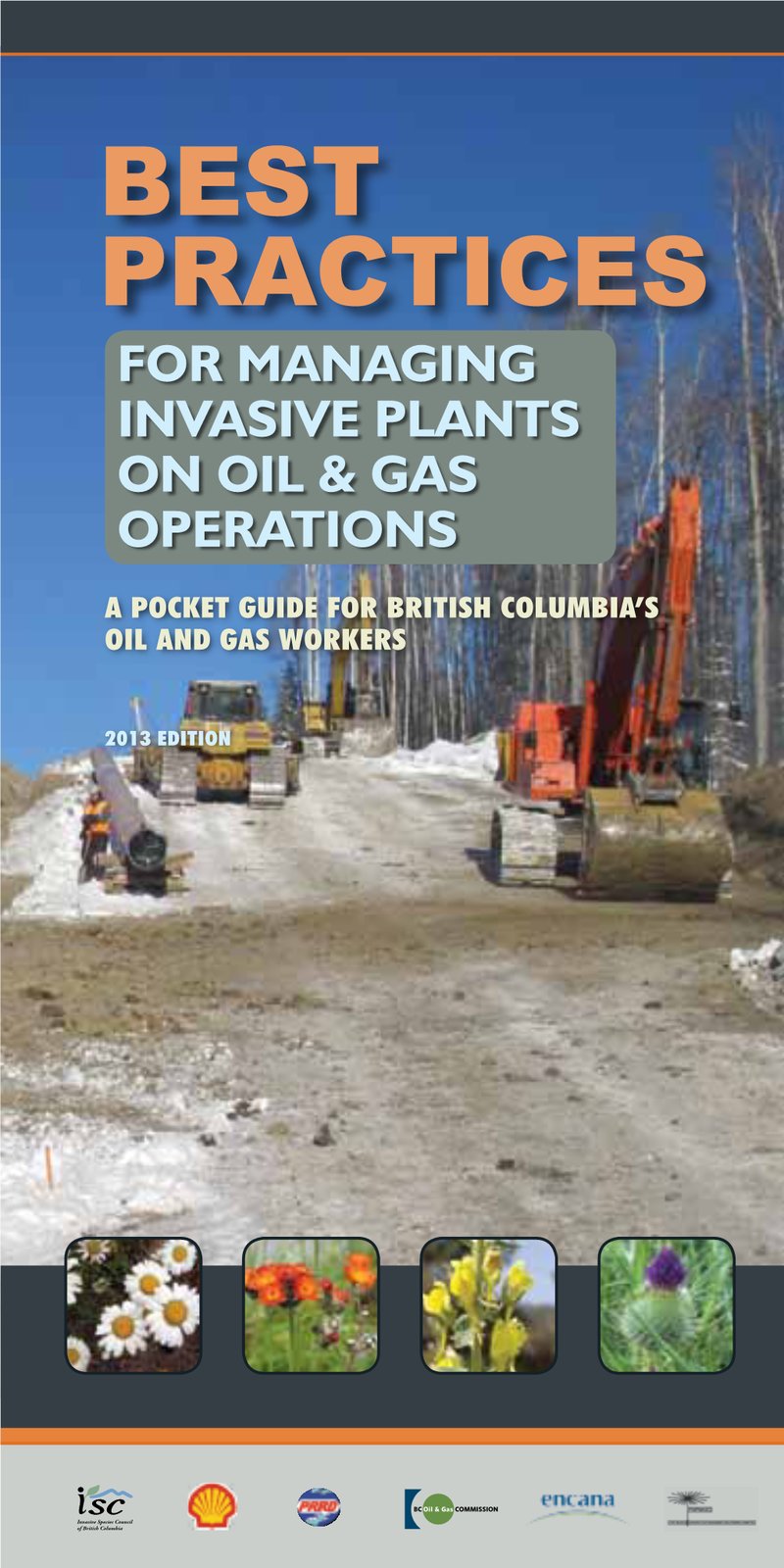
Monitoring and reporting garden invasives is crucial for maintaining the health of your garden and the environment. It’s not just about pulling a weed here and there; understanding how to identify and report these invaders helps in keeping your plants healthy, protecting native species, and promoting biodiversity. Let’s dive into some best practices that can empower you to become a vigilant garden protector.
What Are Garden Invasives?
To tackle the issue of garden invasives, it helps to know what they are. Garden invasives are non-native plants that spread uncontrollably and disrupt the local ecosystem. They can outcompete native plants for resources such as sunlight, water, and nutrients. Think of them as the uninvited party crashers that hog the snack table, leaving your favorite plants starved and unhappy.
You might wonder why these invasives are so problematic. Beyond just taking up space, they can alter the habitat for local wildlife and contribute to soil degradation. For instance, a rampant invasive like the Japanese knotweed can cause significant damage to soil structure and lead to erosion. So, keeping an eye on what’s popping up in your garden is more important than you might think.
Why Monitoring is Essential
Monitoring your garden for invasives is like having a security system in place. It helps you catch problems early before they spiral out of control. One of the biggest benefits of regular monitoring is that it allows you to recognize patterns and growth trends. You’ll start to notice which areas are more prone to invasive plants and can take preemptive measures.
Additionally, consistent monitoring helps you make informed decisions about how to manage your garden. Maybe you’ll find that certain areas are more susceptible to invasives due to poor drainage or sunlight issues. This insight can guide you in adjusting your planting strategies or adding barriers to keep those pesky invasives out.
How to Identify Invasive Plants
So how do you spot an invasive plant before it wreaks havoc? First, you’ll need to familiarize yourself with common invasive species in your area. Many local extension services provide lists or guides to help you identify these troublemakers. Here are a few common indicators that a plant might be invasive:
- Rapid growth: If a plant seems to grow like it’s on steroids, it’s worth investigating.
- Seed production: Invasives often produce a shocking amount of seeds, allowing them to spread quickly.
- Presence in multiple areas: If you see the same plant popping up in different parts of your garden, it might be time to take action.
Don’t hesitate to take pictures and consult with local gardening groups or resources. Creating a visual record not only aids in identification but also allows you to track changes over time.
Reporting Invasive Species
Reporting garden invasives can feel a bit daunting, but it’s an essential part of the process. When you identify an invasive plant, you should document its location and any relevant details. Many local or regional environmental organizations welcome reports from the community to help keep track of invasive species.
Your report should include:
- Specific location: Where in your garden did you find the invasive plant?
- Species name (if known): Try to identify the plant.
- Environmental conditions: Describe the area—sunny, shaded, damp, etc.
You can often submit your findings online through local government agencies or conservation organizations. If your area has a dedicated app for reporting invasives, even better! This helps create a broader picture of where these plants are thriving and allows experts to take action.
Monitoring Techniques to Keep Track of Invasives
Now that you know how to identify and report invasives, let’s talk about monitoring techniques. A solid monitoring plan will help you stay a step ahead. Start by creating a garden map where you can record your observations. Assign specific areas to monitor regularly—for instance, the borders of your garden or any areas that seem particularly vulnerable.
Consider setting reminders on your phone or calendar to check these spots every few weeks. When you do your rounds, take notes on any changes you observe. Look for new growth, changes in plant health, or shifts in the ecosystem. This consistent approach will help you catch issues while they’re still manageable.
Management Strategies for Invasive Plants
Once you identify and report garden invasives, it’s time to strategize how to deal with them. The approach you take can vary, but here are some common options:
- Manual removal: Pulling out the invasive plants by hand can work, especially for small infestations. Be sure to dig deep to get the roots.
- Mulching: Applying a thick layer of mulch can help smother invasive species while nourishing your other plants.
- Herbicides: If the infestation is severe, you might consider using targeted herbicides. Always follow guidelines and use cautiously.
Remember, the goal is not just to eliminate invasives but to create a balanced garden ecosystem that thrives over time.
Engaging with Your Community
Garden invasives aren’t just a personal problem; they affect the entire ecosystem and community. Engaging with neighbors, local gardening clubs, or environmental groups allows for shared knowledge and experience. You might even find a buddy or two willing to join in on monitoring efforts.
Organizing community clean-up days or invasive removal events can be a fun way to address the problem collectively. Plus, it’s a great opportunity to learn from each other and discover new gardening tips in the process!
Final Thoughts
Keeping an eye on garden invasives may seem like a chore, but it’s essential for maintaining a healthy garden. By learning how to identify, report, and manage these plants, you’ll create a sanctuary for your cherished plants and local wildlife. Think of yourself as a guardian of your garden—vigilant, proactive, and ready to protect your blooming paradise from unwanted guests. With continued monitoring and community engagement, your efforts can contribute to a flourishing garden and a thriving environment. So grab your gardening gloves, and let’s get to work!

